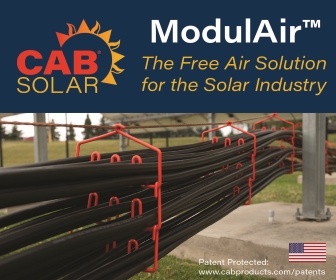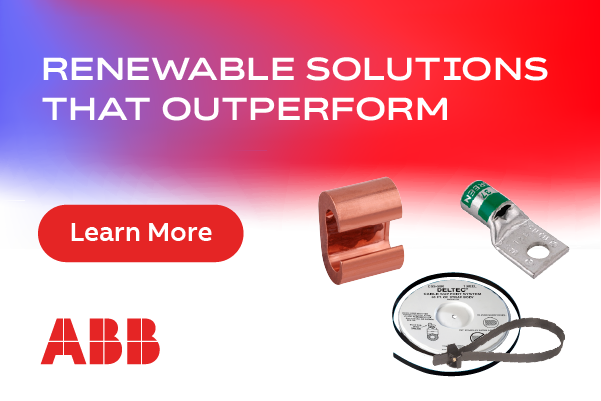BIPV Alternatives for Residential Solar
 Today there are exciting new choices for homeowners contemplating a residential solar investment. Anyone who has been in residential solar for some time knows there are some homeowners who just refuse to put standard solar panels on their roofs, and that many homeowners would like more options on how to integrate solar into their homes. The latest BIPV solutions in the form of solar shingles and solar tiles are now a viable alternative to rack-mounted solar, and can offer a new look, additional savings, and reliability advantages.
Today there are exciting new choices for homeowners contemplating a residential solar investment. Anyone who has been in residential solar for some time knows there are some homeowners who just refuse to put standard solar panels on their roofs, and that many homeowners would like more options on how to integrate solar into their homes. The latest BIPV solutions in the form of solar shingles and solar tiles are now a viable alternative to rack-mounted solar, and can offer a new look, additional savings, and reliability advantages.
Solar shingle and solar tile fundamentals
Solar shingles and solar tiles generate clean electricity from the sun and also function as a roofing material. As such, they are considered a type of Building Integrated Photovoltaics (BIPV), an industry term for solar products which provide a secondary function as a building material. This term is often used in contrast to Building Applied Photovoltaics (BAPV), which describes the conventional rack-mounted approach to solar, where the solar does not provide a secondary function.
Solar shingles and solar tiles are able to provide both solar and building material functions because of their unique design and method of installation. Solar shingles and solar tiles are designed to attach directly to the roof deck in an overlapping fashion, just like a roofing material. This "direct to deck" method enables many smaller attachment points, avoiding the need to attach footings and rails to rafters. The resulting low-profile system enables integration with the surrounding roofing materials. In the case of solar shingles, the integration with the asphalt shingle roofing materials is obtained through an intermediary metal flashing around the perimeter of the solar array.
The basic energy generating solar technology used by solar shingle or solar tile products is essentially the same as that used by standard solar panels. It includes both crystalline solar cells as well as thin film technologies, depending on manufacturer. The real differences compared to standard solar panels are in the design of the framing system and how individual units are connected together both mechanically and electrically.
 Homeowner perspective
Homeowner perspective
Homeowners who choose to go with a solar shingle or solar tile system are typically concerned with the aesthetics of what the solar will look like and prefer the low profile appearance of these solutions which blend in better with the design of their home. These products are often more acceptable to concerned neighbors, and could be more likely to support a strong future resale value of the home. In areas of high solar penetration, doing something different than what homeowners see on their neighbor's roofs is also sometimes a draw.
Other benefits attracting homeowners to these solutions are the savings from not having to put roofing under the solar as well as some unique reliability advantages. For a homeowner who installs a solar shingle system with a reroof of their asphalt shingle roof, the roofing material and labor savings are typically $1,000 to $2,000 dollars. For homeowners or homebuilders constructing a new home with a solar tile solution, the savings can be even more. The unique reliability advantages stem from the low-profile nature of these systems. Because the cables are protected behind the solar shingle or solar tile, nuisance issues caused by pests such as rodents chewing on cables or pigeons nesting under systems can be avoided. In addition, because solar shingles and solar tiles are attached directly to the deck and are low profile, they can support high wind and snow loads without the need for added footings or rafter reinforcements as is often the case for conventional rack-mounted systems.
Dealer perspective
Solar shingles and solar tiles are typically sold through established solar dealers or roofing companies, many of which have set up a separate solar business unit. The motivations for these companies to carry a solar shingle or solar tile product usually stem from a desire to differentiate their business and convert more leads into sales. In the increasingly competitive solar market, a solar shingle or solar tile offer can help a dealer stand out compared to other competitor offers the homeowner receives and can increase the odds that the dealer gets the homeowner's business - even if they may go with a conventional system in the end. For roofing companies who are doing solar, solar shingles and solar tiles provide the added benefit that they can be offered as an up-sell to their existing roofing customers. Because solar shingles and solar tiles install in a similar fashion to roofing materials, it is easy for roofers to train and use their existing crews to install the systems.
Value proposition
Although there have been some solar tile and solar shingle products on the market since 2005, today's products have come a long way in improving performance, efficiency, reliability, and cost. Solar shingles and solar tiles have become more cost-effective, selling for premiums as low as 10%-20% over the fully-installed price for a conventional rack-mounted system. In the future, as volumes grow and relative pricing continues to converge, solar shingles and solar tiles will be able to offer the same or better return on investment because they offer additional roofing material and labor savings.
Solar shingles and solar tiles will continue to evolve and advance, but they have become a viable option, offering residential customers the opportunity to reduce their carbon footprint and achieve long-term savings with solar energy, while maintaining the architectural integrity and value of their homes. Whatever the future holds, one thing is sure, homeowners will have more choices to consider when they go solar.

Oliver Koehler is CEO and Founder of Integrated Solar Technology, LLC, dba SunTegra. He has over 15 years of experience in the solar industry and has worked for several solar manufacturers.
SunTegra | www.suntegrasolar.com
Volume: 2016 July/August









.jpg?r=7095)


